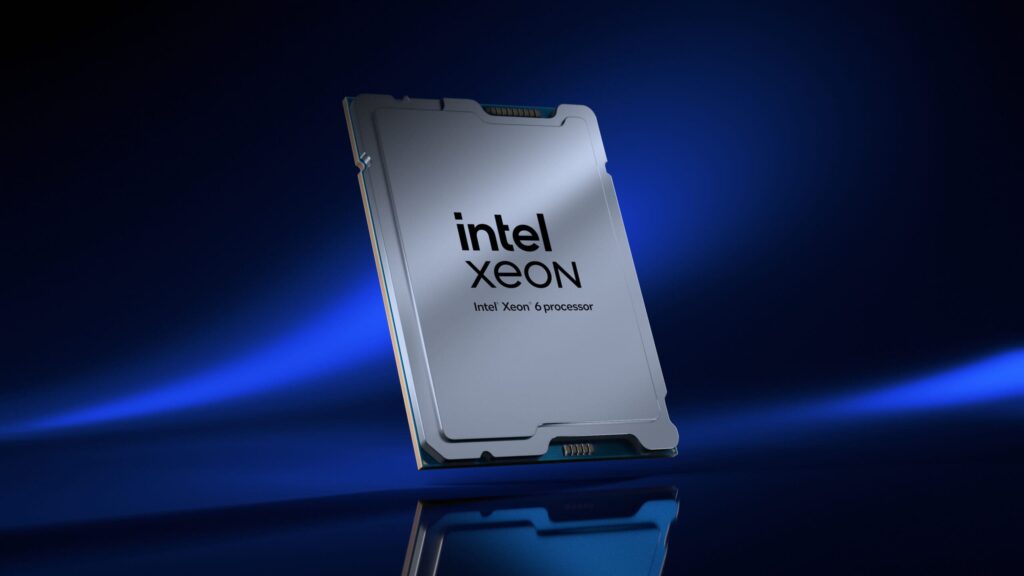Intel may be on the verge of making a strategic shift in designing its future processors by adopting a unified core architecture that could mark the end of the traditional combination of performance cores (P-cores) and efficiency cores (E-cores). According to information shared by an Intel engineer in China—reported by outlets such as Zhihu and the @Silicon_Fly account on X—the U.S. manufacturer appears to be preparing a common platform for its CPUs after the Razer Lake generation.
A change of course after Arrow Lake
Recent Intel processor generations, including Arrow Lake, have failed to excite the market, offering only modest improvements in performance and efficiency. In light of this, Intel seems to have decided to rethink its strategy and refocus on high-performance cores, the P-cores, at the expense of E-cores, which in future iterations—like Arctic Wolf—will only provide slight gains in IPC and overall performance.
The Arctic Wolf architecture could be the last to include E-cores, as the leak suggests design teams will then concentrate on a “large unified core.” This decision aligns with Intel’s goal to simplify chip design, reduce silicon complexity, and enhance energy efficiency (PPA: Performance, Power, Area).
What would a unified core architecture entail?
The hybrid architecture model introduced with Alder Lake, combining P-cores and E-cores, offered multitasking and energy efficiency benefits but also came with technical challenges like thread scheduler management, increased software validation complexity, and larger die sizes. With a unified architecture, Intel aims to revert to a more straightforward design, optimized for general workloads and scalable for highly parallel tasks.
Potential benefits include:
– Lower development costs and shorter timelines
– More consistent per-core performance
– Elimination of bottlenecks caused by asynchronous core operation
– Easier implementation of new instructions like AVX-10 and APX extensions uniformly
Nova Lake and new vector instructions
Nova Lake, the successor to Razer Lake, is expected to support the AVX-10 instruction set and the APX extension, designed to boost performance in vector and parallel data operations—not just on P-cores but also on the latest E-cores, if they are still part of the final design.
Adding these instructions underscores Intel’s intent to further optimize its architecture for modern workloads such as AI, advanced graphics, and massive data processing, where SIMD and vectorization play key roles.
A final goodbye to E-cores?
While nothing is official yet, the implication is clear: Intel might abandon efficiency cores as a key element of its strategy—at least in the high-performance segment. Arctic Wolf could serve as the foundation for future P-core generations, creating a platform focused on consistency, efficiency, and power without the limitations of a hybrid architecture.
This approach is not entirely new for Intel, which previously designed homogeneous P-core architectures before Alder Lake, and might be returning to that model—enhanced by advancements in manufacturing processes and modular design techniques.
A new chapter for Intel
The potential shift to a unified core architecture represents one of the most significant strategic changes for Intel in recent years. With the market demanding tangible improvements and competitors like AMD and Apple progressing with their own solutions, Intel needs to lead again—in architecture, not just in scale.
If confirmed, this change would mark the beginning of a new post-hybrid era, where “unified” doesn’t mean returning to the past but building a more efficient, powerful, and coherent platform that meets future computing needs.
via: wccftech

